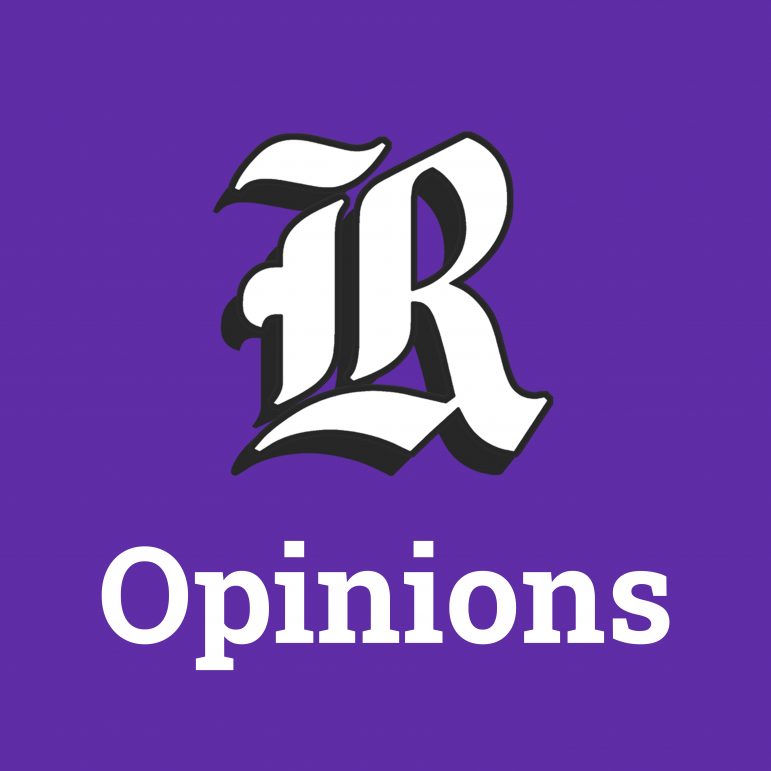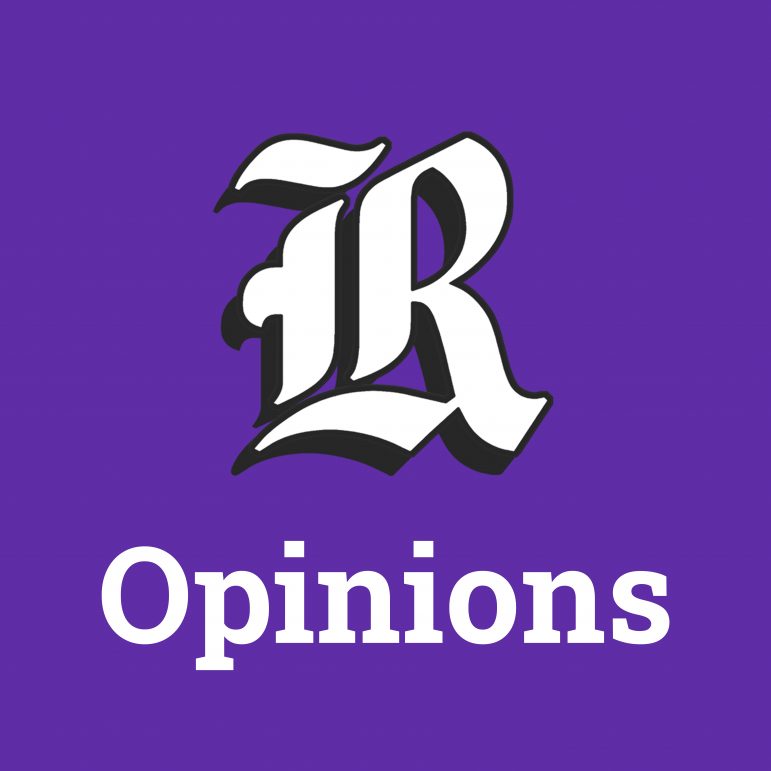According to a report published last spring by Mitchell Langbert through the National Association of Scholars, the political registration of the professoriate at top-tier liberal arts colleges is heavily Democratic. At the College, not counting unaffiliated academics, the ratio of registered Democrats to Republicans is a whopping 132 to one.
My own personal preference would see a far more balanced ratio, paired with a greater openness to instruct students that there is still a place in society for inherited wisdom and tradition. But make no mistake: I did not take to these pages to demand that Williams hire more conservatives. Within this data looms a far more valuable avenue for inquiry: Why are conservatism and the liberal arts seemingly so incompatible?
I suspect it was not always this way. A liberal arts education should be the ultimate conservative project. It’s arguably the oldest continuing program of education in human history, with its roots in late classical Greece. It emphasizes understanding those universal human principles key to becoming a responsible member of society. It champions the continued relevance of those timeless, rather than trendy, academic subjects: ethics, religion, classics, linguistics, rhetoric, music and the arts. It is also an intimate and personal endeavor that educates the whole person. President James Garfield, Williams class of 1856, once apocryphally defined it as “Mark Hopkins on one end of the log and a student on the other.”
What has changed? Perhaps the political inclination of the Williams professoriate hints at a type of incremental yet revolutionary transformation. For the past several decades, I believe that liberal arts education has been piloted by pragmatism, the 19th century philosophical tradition that emphasizes the application of ideas over the ideas themselves. Pragmatism, articulated by the likes of William James, Charles Sanders Peirce and John Dewey, says that real-world effects and practical applicability are critical elements of truth. Pragmatism is no longer the preeminent tradition in philosophy, but its influence can be felt everywhere in higher education.
Why pragmatism? Well, first of all, it feels right. When we ask, “How can we adapt liberal arts to the 21st century?” the response is almost reflexively, “Liberal arts can teach students how to solve problems.” This is the comfortable and seductive answer. It helps us justify why the liberal arts still matter in a world that increasingly values finely tuned technical skills. As a Williams student, I could find solace in this compromise. While I wasn’t a technical expert in any trade, I could still solve problems! Perhaps I would make a great consultant someday.
And so the liberal arts has been slowly transformed and reimagined through a pragmatic lens. At the College, the curriculum duly changed, adding a host of newly minted departments and majors and axing others. Women’s, gender and sexuality studies was in; linguistics was out. For these new arrivals, change was the goal, and they promptly set out to solve structural problems in society through education.
Skeptics should look no further than Princeton’s definition: “A liberal arts education challenges you to consider not only how to solve problems, but also trains you to ask which problems to solve and why.” But such a focus on problem-solving breeds unintended consequences. Are we teaching students to stockpile solutions in search of a problem? Are we allowing the market to determine which departments stay or go? And what happens when we discover that some of our treasured classics actually personify those injustices we seek to destroy?
This, in my view, is the crisis of liberal arts at Williams and elsewhere. This pragmatic model steers liberal arts, unevenly but inevitably, into a more progressive project: issue-driven and advocacy-based. It also, by extension, places the curriculum of the College increasingly at the mercy of a rapidly transforming global economy and a spasmodic news cycle. If a Williams education surrenders to these pressures for urgent transformation, it ceases to be liberal arts at all.
To stave off this eventuality, we should consider reintegrating those conservative essentials: universal human principles, inherited wisdom, the virtue of spirited debate and timeless academic disciplines. This broad focus will endow upon the student a dynamic frame of mind to better respond to adversity, adapt quickly and process and interpret diverse points of view. This is the education of the whole person, not the issue of the day.
Williams embarked on a yearlong program in 2014 entitled “Why Liberal Arts” to make sense of some of these issues. This should happen again, since the majority of current students will not have tackled these questions on a broader, institutional level. Perhaps we might consider an interdisciplinary class for first-years that demonstrates the intellectual and intersectional potential of the liberal arts more broadly. Students could read Great Expectations with an English professor, who then discusses the Victorian Age with an historian, who debates public health with the biologist, who explores the dislocations of industrialization with the economist, who disputes 19th century social science with the sociologist and philosopher, who note contemporary religious dynamics with the theologian, who enlists the art historian to lecture on aesthetics, who draws on artistic parallels with the musician, who then asks the physicist about the acoustic design of the Romantic-era symphony. The goal of this lively exercise would be to help students apprehend the universality of certain human truths, to find meaning from the world as it once was and draw invaluable connections to their lives today.
I believe that if there is any institution capable of renewing its commitment to the liberal arts, it is Williams. As members of this incredibly dynamic community, we have thrived in large part due to our historical commitment to educating the whole person. It’s time to reclaim that.
Christopher Weihs ’15 was a history and political science double major. He lives in Washington, D.C.




